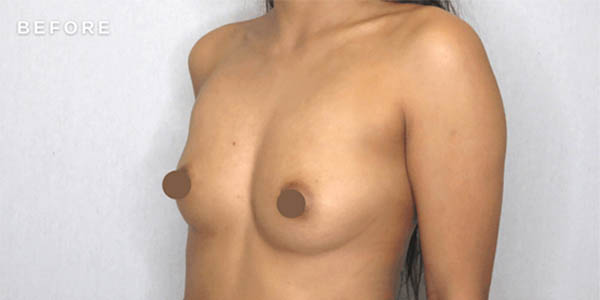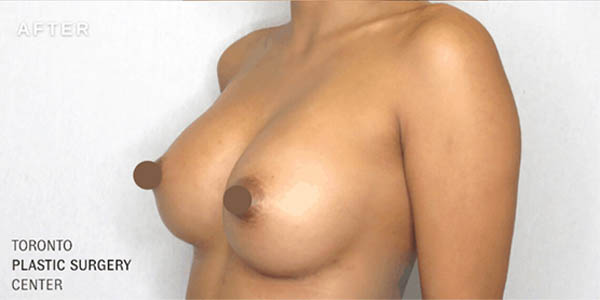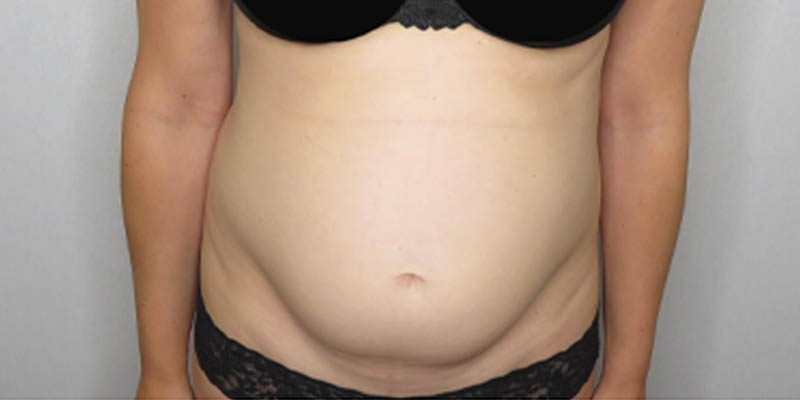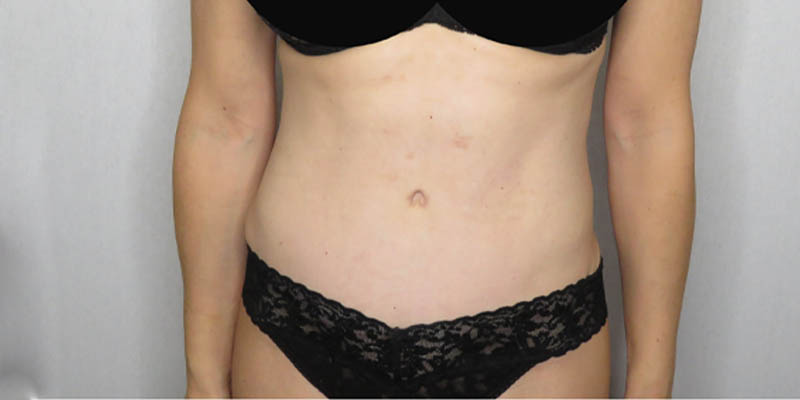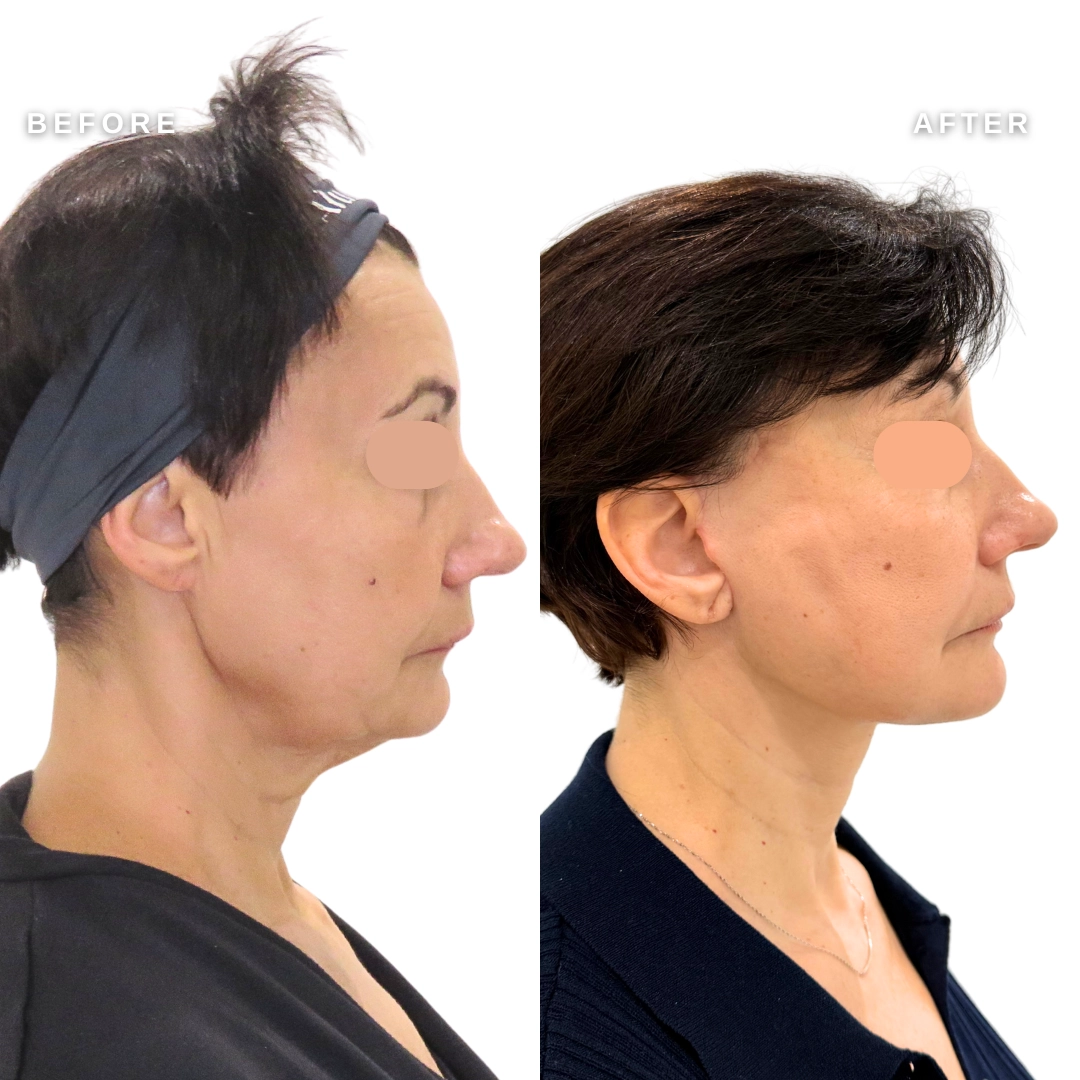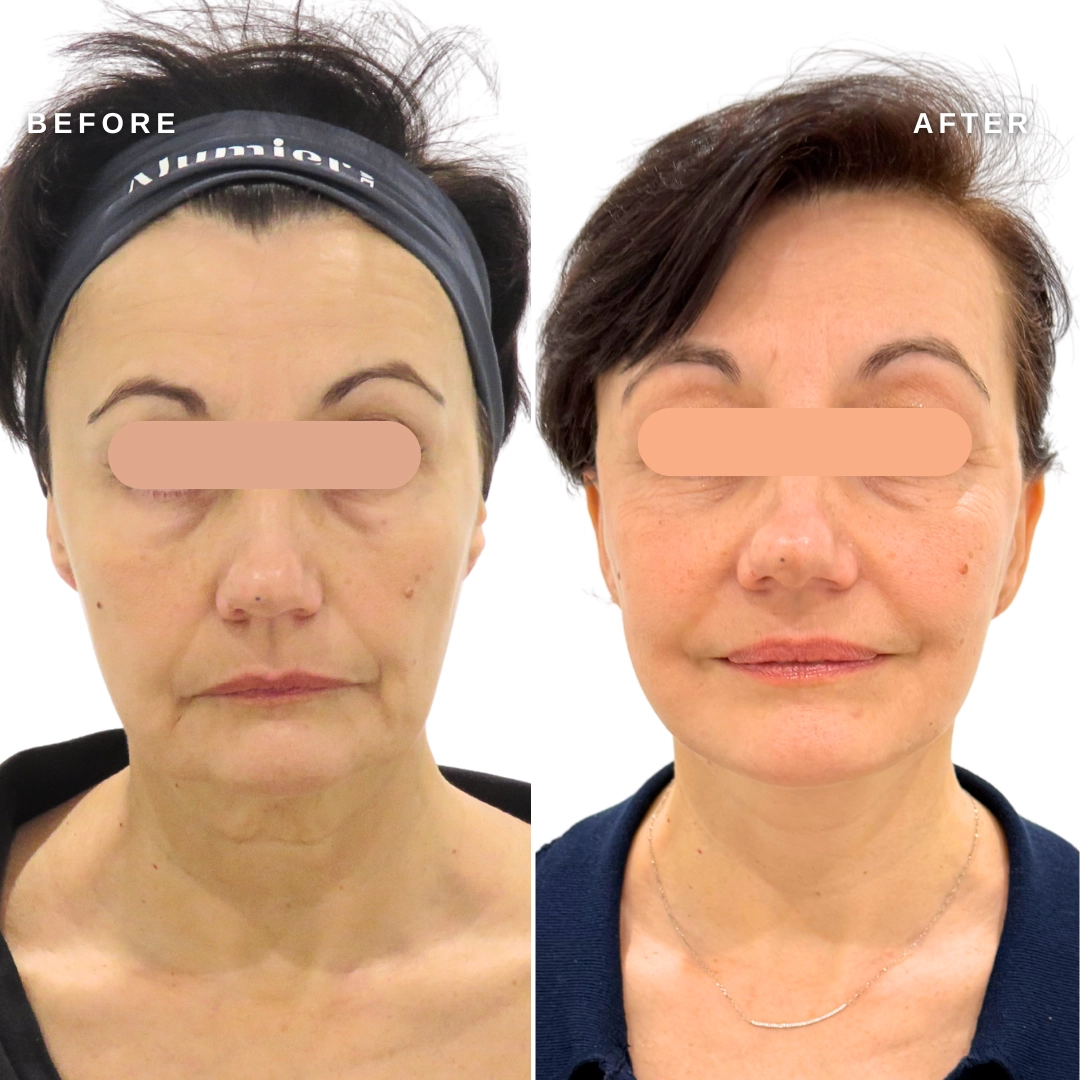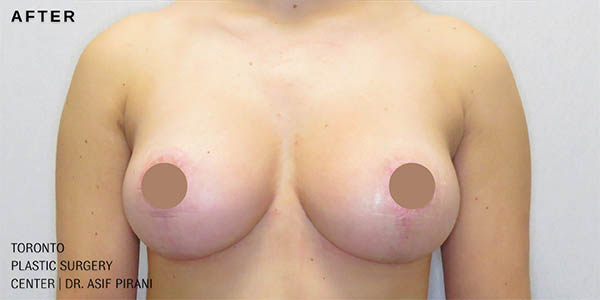March 10, 2017
By Dr. Asif Pirani
When you hear the word “Botox,” you immediately think about rejuvenating treatments that smooth out wrinkles. But, it turns out that Botox has other uses too. We take a closer look at some of the uses for Botox that few people are aware of.
1) Correcting “crossed eyes”
This was the first non-cosmetic use found for Botox. Back in 1989, the FDA approved the use of Botox to correct crossed eyes. Its ability to immobilize muscles that pull the eyes out of alignment is the secret to its success, and the first time this was successfully done dates back to 1981.
2) Eliminating excessive sweating and reducing body odour
Some people sweat more than others, and this can create a problem with body odour that no amount of deodorant can solve. Prior to 2004, people who suffered from this embarrassing problem just had to live with it, but then the FDA approved the use of Botox as a way of resolving the issue. In a study that may seem bizarre to the man in the street, researchers injected Botox into the armpits of people who suffer from extreme body odour. Thereafter, both the participants and a group of smell raters were asked to compared before and after odour. The smell test proved that Botox reduces offensive body odour significantly.
Sweat glands produce sweat, and minuscule muscles around the glands push the sweat out. By immobilizing these muscles, Botox reduces sweating and the resulting body odour.
3) Treating muscle pain
An unpleasant and painful condition known as myofascial pain syndrome can be treated with the help of Botox. This recent development was first made known to the scientific community in 2014 when the results of a study were published in a medical journal. People suffering from the syndrome received injections into stiff and painful muscles around the neck and shoulders and experienced an immediate reduction in pain. Previously, only symptomatic treatment in the form of anti-inflammatory and analgesic medications had been available. The reduction in pain was temporary, but Botox provided a longer-term solution.
4) Drooling in people living with Parkinson’s disease
As if the tremors of Parkinson’s disease weren’t enough to affect the dignity of people living with the disorder, drooling can also become a problem. As in the case of sweat glands, an injection of Botox into salivary glands reduced production, reducing drooling. The 2006 study that announced this finding also sought to evaluate any side-effects, but none were observed.
5) Treatment of chronic migraine
Migraines have a serious effect on people’s quality of life. The debilitating migraine headache is followed by a lengthy recovery period, reducing productivity. Chronic sufferers may experience 14 or more migraine attacks monthly, making it impossible for them to live a normal life. In 201, the FDA approved Botox as a treatment for migraine sufferers. Injections into the head and neck often solve the problem, allowing chronic migraine sufferers to get on with their lives.
6) Overactive bladder
Although there are other medications for people suffering from overactive bladder, they are not always effective. When this is the case, a Botox injection may be the answer. The bladder relaxes, allowing it to hold more urine, and incidents in which the bladder spontaneously pushes out urine causing incontinence are reduced.
7) Treatment of depression
When we are unhappy, we frown, but is it possible that frowning makes us unhappy instead? Psychiatric research indicates that it does. After injecting study participants with Botox to reduce frown lines, other symptoms of depression were reduced.
